As a scientist working in a regulatory space, I often hear the saying “you can’t manage what you can’t measure” and believe this to be the case for personal and professional goals. If you have a system in place to measure progress and you’re collecting the appropriate information, you can use this to set new goals. The more you go through the process of setting goals, identifying what is needed to achieve them and tracking your progress in achieving them, the easier it becomes to effortlessly CRUSH those goals.
Here is a list of tips for measuring your progress toward achieving your personal, professional and performance-based goals.
1. Determine your starting point
You can’t measure progress unless you know what your baseline is first. Use quantities where possible but make sure they align with your overall goal. Examples include a monetary value, a measurement, a frequency (the number of times you do something), or volume (the number of things you do). These quantities can also be time-based, such as adding up the number of minutes spent on doing something. If an athlete’s goal is to get stronger they can use a journal or an app to log the weight used in specific exercises. Performance testing can also be an effective way to measure improvements in athletic performance over time. Some tests include: jump testing, 1-rep-max testing, speed tests or baseline testing adapted with metrics for your specific sport.
If your goal is qualitative, you can use a “one-to-ten” system of measuring or writing description words about how you feel. Performance assessments can be useful tools for identifying improvements in athletic performance.
Also Read: 9 Hacks to Improve Your Athletic Performance
2. Establish attainable milestones (or targets)
Let’s say that your overall goal this year is to get stronger, you’ve hired a strength coach to help with programming, and you’ve both decided that using a 1-rep-max (1RM) testing would be the best way to measure the increase in strength over time. Once you’ve identified your goal, established your baseline AND have an approach for how you’re going to achieve your goal, the next logical step in the process is to set targets or mini-goals. If you’ve learned that your current 1RM in the conventional deadlift is 150 pounds, then you now know that your target should be higher than that. You can plan to test your 1RM as often as necessary but the timing depends on your selected approach and your goal. In this particular case, you’re working toward a yearly goal so it might make sense to assess your strength every 3 or 4 months. It’s also possible that you may not see results for at least a couple of 4-week phases of a strength program.
As with the example above, setting targets is easy when you have a quantitative goal in mind. The goal is to increase the amount of weight that you can lift by a certain number of pounds by a certain date.
Also Read: Why Adult Athletes Should Stop Obsessing Over Strength PRs
It’s not as straightforward with a qualitative goal so it might take some creativity to come up with targets. The results of these types of goals, such as boosting confidence, lowering stress or eating healthier, often rely more on how someone feels or on subtle changes in appearance rather than performance targets. Journaling comes in very handy in these instances because it can reveal changes in thinking and certain feelings. Before and after photos can be another qualitative and powerful way to collect information.
In some cases, it’s possible to connect a qualitative goal to a quantitative metric. It may take some creativity and/or the use of technology to do it, but it’s possible. If my goal is to be less stressed (which, in fact, is), then I can track specific physiological indicators of stress. Blood pressure is a common indicator used to measure stress. I could also ask my doctor to routinely test my blood for cortisol. My favourite measurement for stress, however, is heart rate variability, or HRV. HRV measures the time between heartbeats. A lower HRV than normal would indicate that stress is present. In order for HRV to be a useful and accurate indicator, you’d need to know what your “normal” is, and you’d have to track it consistently over time. Wearable devices that collect heart rate through pulse sensors such as the Polar H10 Heart Rate Monitor or optical sensors such as the Garmin Fenix 6S are great options for collecting data needed to determine HRV. In some cases, wearable technology may need to be paired with a separate smartphone app. Apps that can be paired with heart rate devices to assess HRV over time include Elite HRV, Apple Health, and Wellatory.
3. Have a tracking system to measure how far you've come AND how far you have to go
A year ago, I invested in a Garmin Fenix 6s and it has become a significant part of who I am today. For those who don’t know, the Garmin Fenix 6s is one of the highest-rated multi-sport GPS watches available today. One of these days I’m going to do a whole post just on how amazing this watch is but that’s not the point for this post. As a scientist, I like seeing the data and identifying trends over time. As an athlete, having access to data is crucial for identifying how far I’ve come, how far I have left to go, and the direction of my progress. This watch has provided me with a means to measure my progress in a variety of areas using specific indicators. These indicators help me to track changes in my physical fitness, recovery, stress, sleep, and even my acclimation to altitude. The indicators used to track these metrics include: pulse oxygen, heart rate variability, number of intensity minutes, time spent in different heart rate zones, and number of minutes in types of sleep (light, deep and REM).
If you don’t have a fancy watch as I do, there are a lot of less-fancy options available. If you’ve already downloaded the HGA E-Workbook, there are a bunch of different worksheets in there that you can use to track your daily and weekly progress. Many times the exact system for tracking depends on the goal but you can also write down your progress in some type of journal or planner, or even a smartphone app. Whatever your system is, just make sure you’re collecting or recording enough data to determine whether or not you’re making progress.
Also Read: 5 Self Discipline Tips for Adult Athletes
Other systems for tracking may include an Excel spreadsheet, a computer application/phone app (Mint is my favourite for tracking financial goals), or having to report progress in an accountability group. Whichever system you decide to use, it’s important to know your starting point, your end point, and where you currently are in relation to those 2 things.
4. Make checking in part of your daily routine
Back in 2019 when I was working my ass off to pay off my personal debt, I would check my Mint account every. single. day. Having this regular check-in allowed me to see my progress in real-time and since I was checking in so frequently, I was more likely to correct course ASAP and therefore less likely to spend money on something unnecessary. Now that my debt is paid off (WOOOOO!), my primary goal is to improve my athletic performance. Therefore my daily check-ins involve me tracking my daily habits on my Daily Habit Tracking worksheet and opening my Garmin app and checking my performance metrics such as my sleep and stress.
Also Read: 7 Tips for Falling Asleep Faster
Checking in doesn’t always have to involve opening up an app on your smart phone and looking at numbers. It can involve writing about how you’re feeling that day or creating a photo album that represents progress of some sort. One of the most important parts of continuous improvement involves intentional and frequent check-ins to see how you’re doing. The best part about this is that if you’re checking in often, then the check-in and the need to make any corrections is much briefer than it would be if your check-ins were weekly or monthly. It takes me about 30 seconds to open my Garmin app, sync to my watch and looks through yesterday’s data on my dashboard. If I waited to look at my data at the end of each week, I’d have 7 days to look through and in some cases, the opportunity to correct would have passed by then.
5. Be persistent and change directions when needed
Remember that some results will not reveal themselves right away. If after a significant period of time you’re not seeing the result you’re hoping for I would recommend changing your approach or the way in which you are measuring progress. Stick with your approach AND your system for tracking progress consistently for 30 days. If after that you still haven’t seen results, then consider trying something else.
It’s also possible that you may need to revisit and revise your goal. Ask yourself the following questions to determine whether a revision might be necessary:
- Is your goal realistic?
- Does your action plan and approach align with your goal?
- Do you have conflicting goals or priorities?
- What road blocks are standing in the way of implementing your action plan?
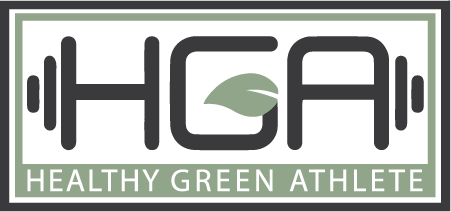



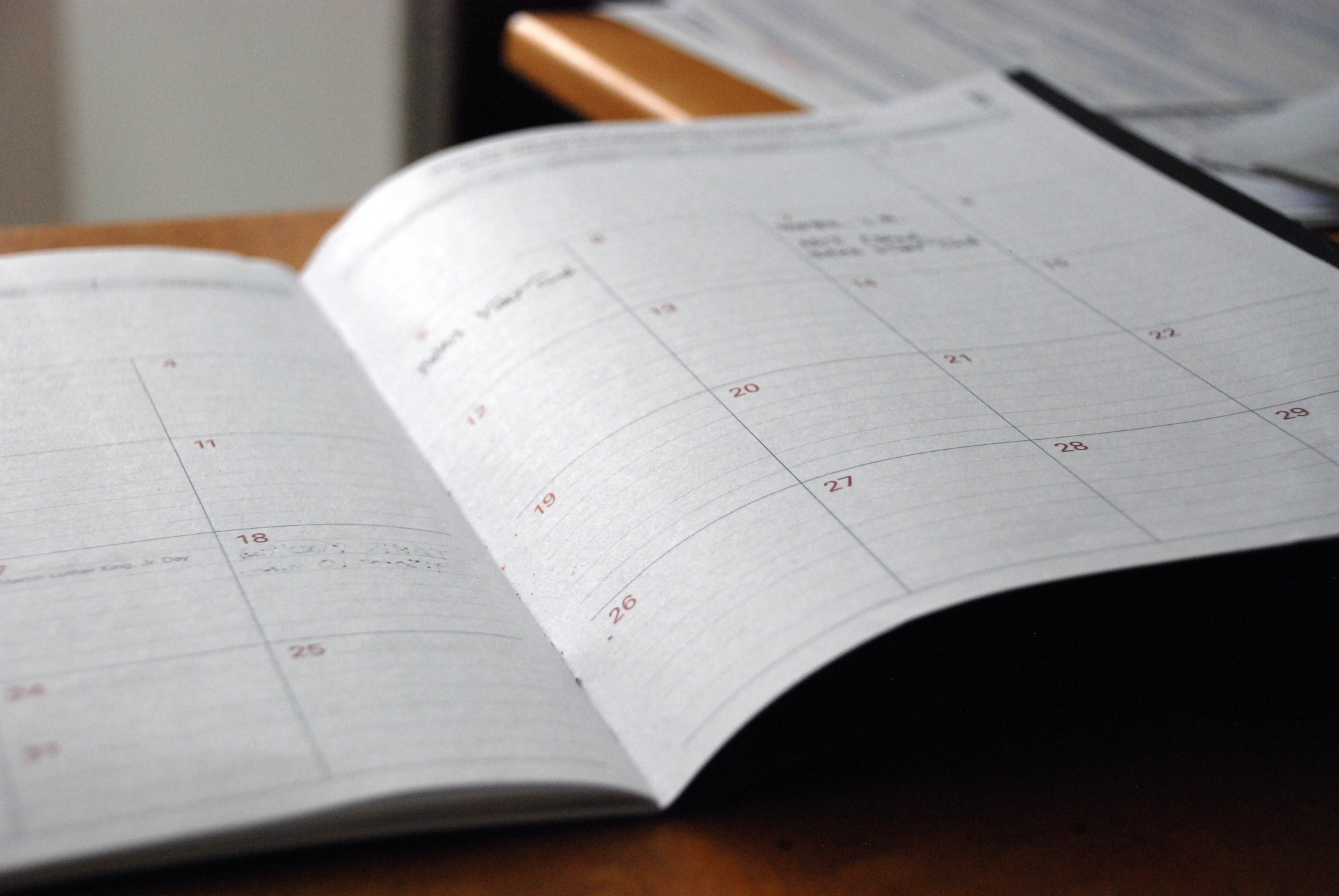



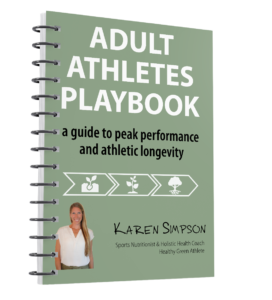

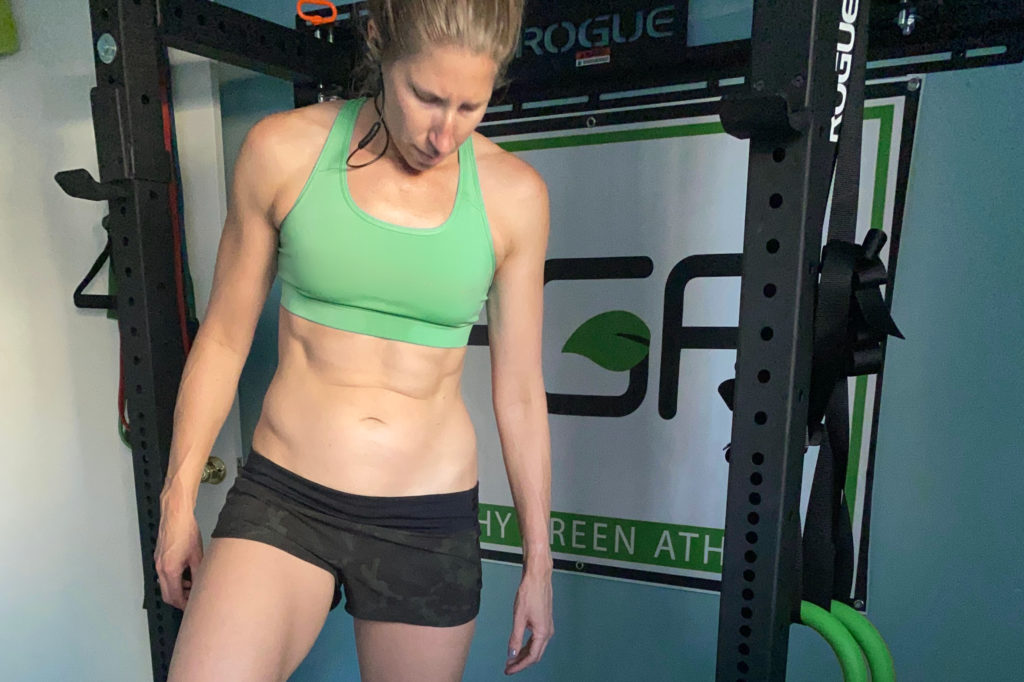

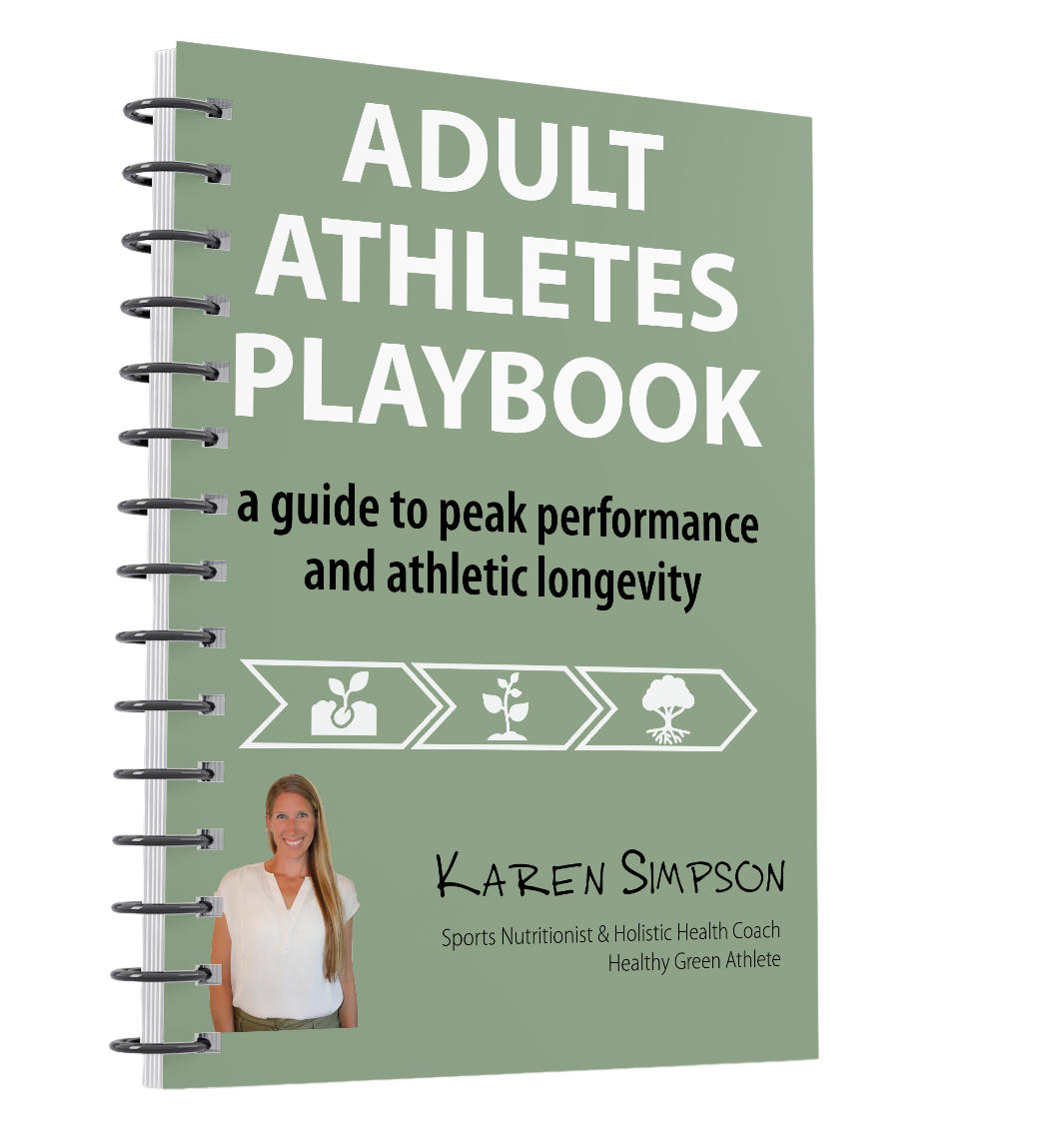
2 Comments
Pingback:
Pingback: